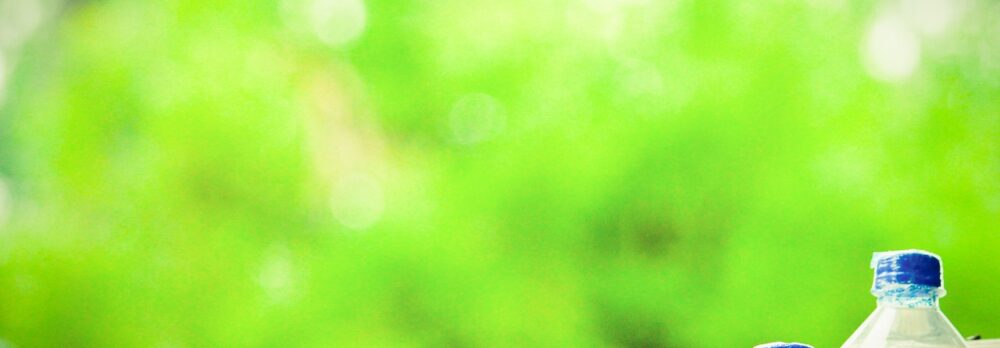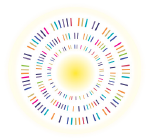We’re sure by now you’ve heard the statistic that on average in Australia we ingest about a credit card’s worth of plastic each week. It’s horrifying! But what can we do?
1. Don’t drink bottled water
2. Avoid storing food in plastic, especially low quality plastic that may contain harmful chemicals and definitely don’t heat in plastic
3. Don’t make a habit of processed food packaged in plastic wrap.
4. Vacuum regularly as the dust in your house could be loaded with microplastics (and related chemicals, such as phthalates). Preferable if your vacuum has a HEPA filter, which is best for trapping dust.
Once you’re on top of the basics, you might also consider that mollusks like clams, oysters, mussels, and scallops can build up plastic particles in their shells. Those sourced from Asia and the Mediterranean Ocean have high levels of microplastic contamination.
Sea salt from the Pacific Ocean, Spain, China, Taiwan, and Pink Himalayan Sea Salt have the highest levels of microplastics; salt from Turkey, Italy, and Croatia have the lowest contamination. Beer from North America is high in microplastics from the water used to make it and processing methods. Sugar is another source of microplastics from it’s packaging and processing methods. And sadly you also have to watch out for honey as honeybees can carry plastic back to the hive and contaminate it!



